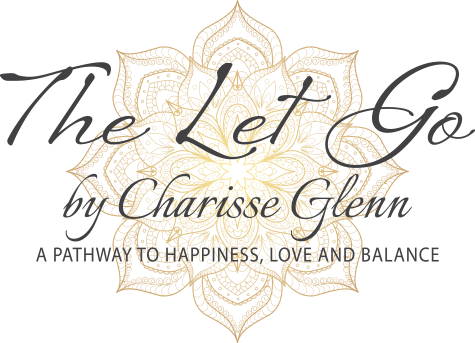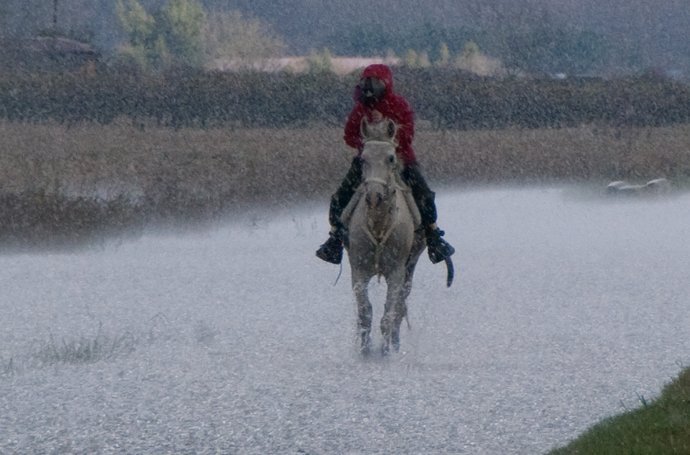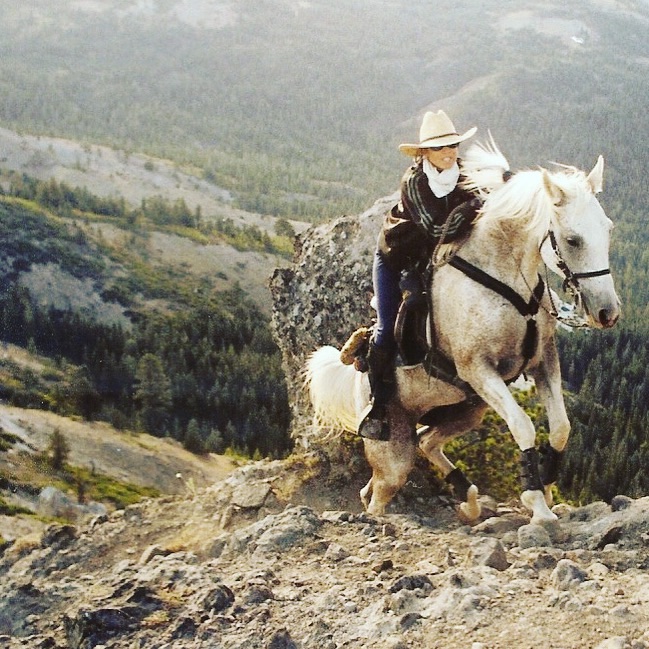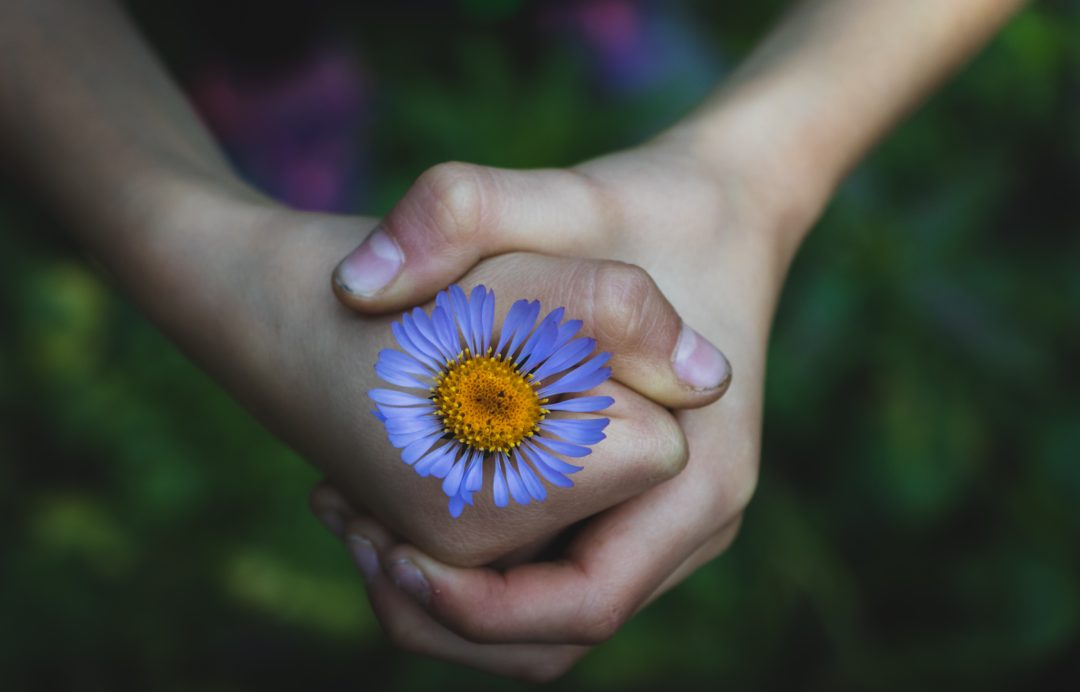In the midst of movement and chaos keep stillness inside of you.
~Deepak Chopra
In Buddhism, there is a Tibetan word called shenpa, which roughly translates as the urge, or the hook, that triggers our habitual tendency to shut down. We have all seen it happen and have been there: the arms fold across the chest, a stance is taken, the jaw tenses, and we may lose eye contact. Remember the reaction when you find the courage to speak up and then are immediately told to be quiet? Our faces may flush, and we feel it in our stomachs. We feel defeated, getting stuck in a feeling.
Shenpa is often referred to as the sticky feeling. Anything can trigger us, even minor things, like getting a scratch on your car or making a mistake at work, and then we get stuck in those emotions.
When this closing down happens and our feelings shut down, we tighten up. We cannot receive if we have shut our ears, closed our minds, and barricaded our hearts. This reaction prevents us from being open-minded because when a muscle is tight, it becomes rigid. To become receptive, we need to be relaxed.
As Pema Chödrön suggests, getting unhooked or unstuck begins by recognizing that unease moment and learning to relax.
Communicating willingly with any living sentient being requires a developed awareness and discipline to keep the understanding active. We cannot expect any being to give us something we cannot access ourselves. For example, to get respect, we need to have it for ourselves first.
I learned about life from my horses, and shenpa was vital.
Horses allowed me to see differently and ultimately face my true nature. Initially, I learned to cowboy up, show my strength and dominance, and teach them how to do something with an “I’ll show you” attitude.
And then my thoughts changed. At ten times my body weight, I needed to get smarter. This started the conversation: How could I get a horse to do what I wanted as simply as possible?
For a relationship to ensue, I needed to learn to speak horse. I began to observe how they moved and interacted within a herd. Their communication, for the most part, was quiet; a flick of an ear, a sway of their body, or energy projected would alert the others of their intentions.
I also needed to learn to control my reactions. I needed to not overreact to a situation or allow myself the urge to react without consciousness. You know the feeling when you know you shouldn’t do something or say one last thing? That’s an urge. And that is one of the things we need to control.
I was learning to become quiet within, unlocking the sensors to hear what was nonverbally spoken. The more silent I became, the more evident my inner life became, the parts I hid away from myself, my fears, frustrations, and insecurities. Unfortunately, they also stood in my way of clarity. This is where I uncovered shenpa, the urges, triggers, and sticky things that hooked me into reacting in specific ways.
Quietness is being in a zone that can be experienced anywhere we are focused on something with intention. It changed how I moved around the horses. I developed patience for them that I did not have for myself, and consequently, with time, I learned to become softer with myself.
This was my first clue to the let go. First, I needed to understand myself, my agenda, and most importantly, my triggers or shenpa to move forward. Then, to be open, I needed to face, acknowledge and let go. This was also shenpa, letting go of the attachment to things that were no longer helpful to my well-being.
Initially, we need to recognize what we are doing. It may not feel effortless at first. We set our expectations and then want things immediately.
As we slow down, we put aside our anticipations of what we think should happen, replace those preconceived ideas of how long it will take and what it should be like, and allow whatever needs to be. A knowing unfolds. When we remove our plan, the horse feels it. They relax because we have removed our expectations that weigh heavy on them.
This applies to all relationships. Letting go of attachment to the outcome makes room for what is necessary.
When we learn to control ourselves when we are all worked up, that is shenpa at work. We notice, then halt the urge or the uneasiness. This is accomplished when we cease following the thoughts that brought us here and return to the present moment. Little by little, the thoughts and impulses change.
When we notice the slightest changes, our vision changes; as we see differently, endless possibilities are presented. We must be careful once we see a simple change; we don’t get greedy, wanting it finished or wrapped up in a bow. Shenpa teaches us to let go of the outcome. So, take the time, be clear with what you want, and know that baby steps are indeed steps forward.
Fear is a natural reaction to moving closer to the truth.
~Pema Chödrön.





